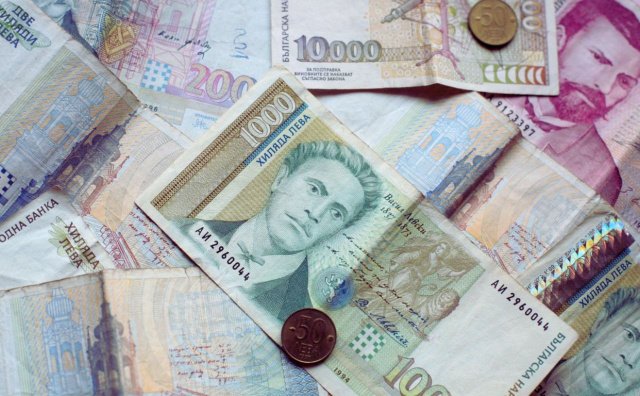China is considering allowing the usage of yuan-backed stablecoins for the first time to boost wider adoption of its currency globally, according to people familiar with the matter said, in what can be seen as a major reversal of its stance towards digital assets.

The State Council—China’s cabinet—will review and possibly approve a roadmap later this month for the greater usage of the currency globally, including catching up with a US push on stablecoins, the people said.
The plan is expected to include targets for usage of the Chinese currency in the global markets and outline the responsibilities of domestic regulators, they said, adding that the roadmap will also include guidelines for risk prevention.
The country’s senior leadership is also expected to meet for a study session as early as end of August, focusing on yuan internationalisation and stablecoins, which are gaining momentum worldwide, one of the people cited above said.
In that meeting, senior leaders are likely to deliver remarks to set the tone for stablecoins and define the boundaries of its application and development in business, this person said.
China’s plan for the usage of stablecoins, if approved, would mark a major shift in its approach towards digital assets. Beijing banned cryptocurrency trading and mining in 2021 over concerns on stability of the financial system.
China has long aspired for the yuan to achieve global currency status, akin to the US dollar or euro, reflecting its weight as the world’s second-biggest economy. But its tight capital controls and its trillion-dollar annual trade surplus have worked against that aim.
Those restrictions are likely to be a key hurdle to the development of stablecoins as well, market participants have said.
Stablecoins are a type of cryptocurrency designed to maintain a constant value. They are usually pegged to a fiat currency such as the US dollar and are commonly used by crypto traders to move funds between tokens.
The yuan’s share as a global payment currency fell to 2.88% in June, its lowest in two years, according to payment platform SWIFT. In contrast, the US dollar commanded a 47.19% market share.
China places strong capital controls to manage flows in and out of the border, with a few connect schemes permitting capital to be deployed in some key offshore market such as Hong Kong.
In the US, President Donald Trump backed stablecoins days after his inauguration in January and is establishing a regulatory framework that helps legitimise dollar-pegged cryptocurrencies.
Their underlying blockchain technology enables instant, borderless and round-the-clock transfer of funds at low cost, giving stablecoins the potential to disrupt traditional daily money moves and cross-border payment systems.
Financial innovation—specifically stablecoins—is viewed as a promising tool for yuan internationalisation amid the growing influence of US dollar-linked cryptocurrencies in global finance, said the sources.
Details of the plan are expected to be unveiled in the coming weeks, with Chinese regulators, including the central bank, the People’s Bank of China, being assigned implementation duties, the people said.
They declined to be named as they were not authorised to speak to the media.
The State Council Information Office (SCIO) did not immediately respond to Reuters requests for comment. The PBOC could not be immediately be contacted for comment outside of normal business hours.
Major Shift
Stablecoins backed by the dollar currently dominate the market, accounting for over 99% of the global stablecoin supply, according to the Bank for International Settlements.
In Asia, South Korea has pledged to allow companies to introduce won-based stablecoins and develop the necessary infrastructure, while similar initiatives are underway in Japan.
The latest push comes amid mounting geopolitical tensions with Washington, and the growing use of dollar-backed stablecoins by Chinese exporters.
Beijing’s latest plans come after a Shanghai regulator last month said it had held a meeting for local government officials to consider strategic responses to stablecoins and digital currencies.
In a recent interview, PBOC advisor Huang Yiping told local media that an offshore yuan stablecoin in Hong Kong is “a possibility”.
Separately, Hong Kong’s long-awaited stablecoin ordinance took effect on 1 August and positions the Chinese-controlled territory as one of the first markets globally to regulate fiat-backed stablecoin issuers.
China’s commercial hub Shanghai is also establishing an international operation centre for the digital yuan.
According to the sources, Hong Kong and Shanghai will be the main cities to fast-track local implementation of the latest plan.
China is expected to discuss expanding the use of yuan and stablecoins for cross-border trade and payments with some countries at the Shanghai Cooperation Organisation Summit to be held in Tianjin on 31 August and 1 September.
The global stablecoin market is currently small at $247 billion, according to crypto data provider CoinGecko. However, Standard Chartered Bank estimates it could grow to $2 trillion by 2028.







